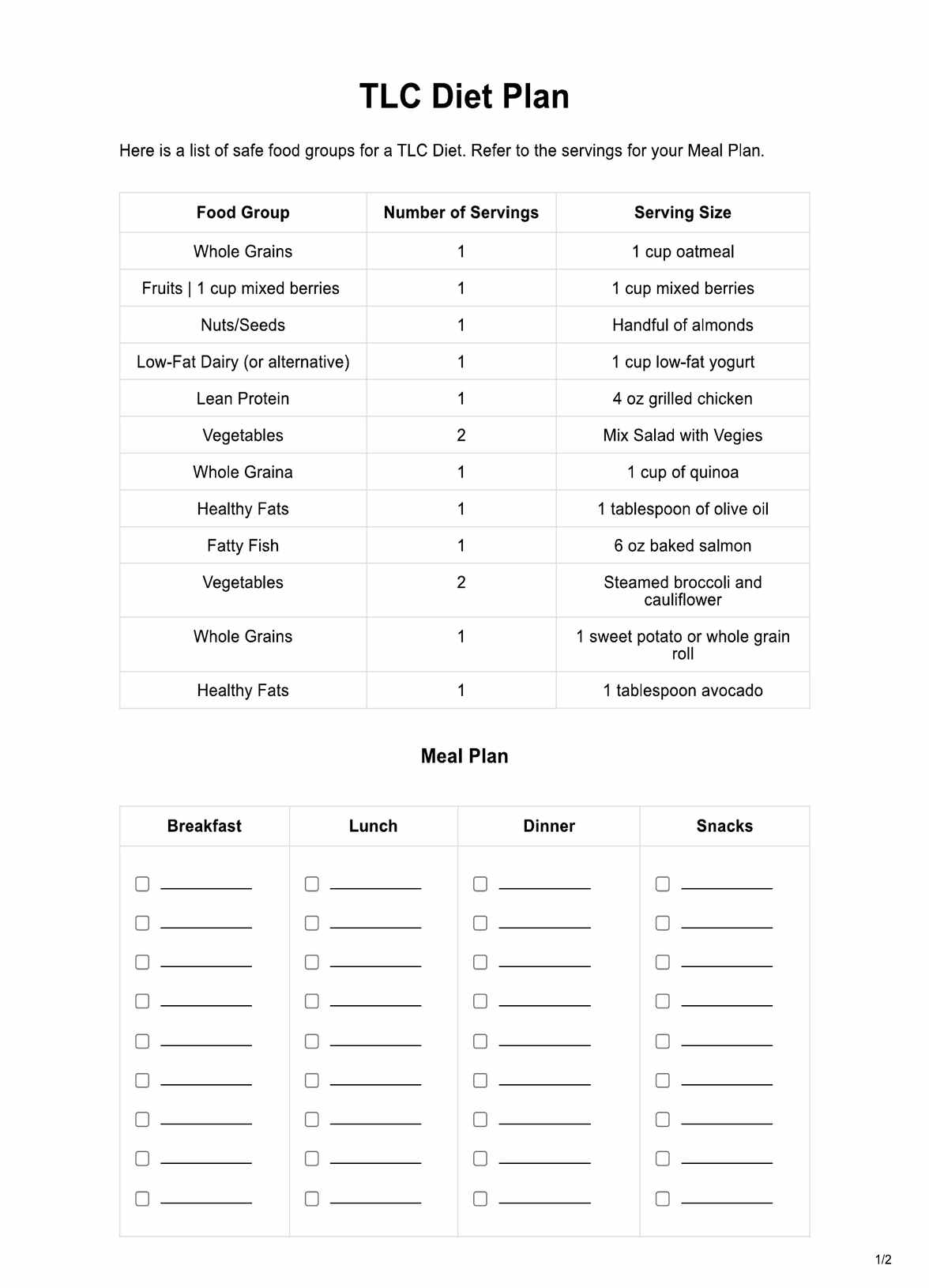No, TLC Diets are not bad; they are designed to promote heart health by focusing on reducing saturated fats and cholesterol.

TLC Diet
Guide your clients with a customizable TLC Diet Plan that prioritizes heart health. Empower your practice with the essential knowledge for fostering lasting well-being.
Use Template
TLC Diet Template
Commonly asked questions
TLC Diet Plans are used when individuals need to manage cholesterol levels, lower cardiovascular risks, or improve heart health through lifestyle changes.
Practitioners use TLC Diet Plans by guiding individuals through the recommended dietary modifications, emphasizing healthier food choices and lifestyle adjustments.
EHR and practice management software
Get started for free
*No credit card required
Free
$0/usd
Unlimited clients
Telehealth
1GB of storage
Client portal text
Automated billing and online payments











